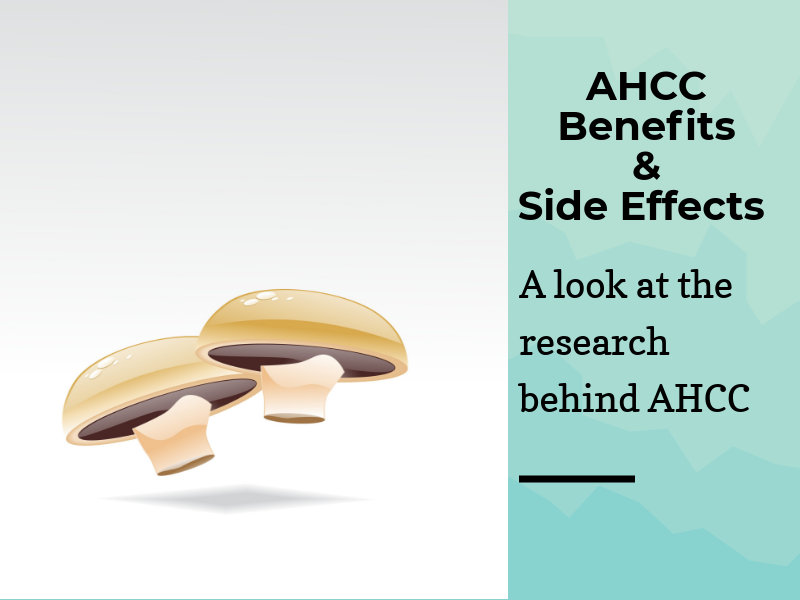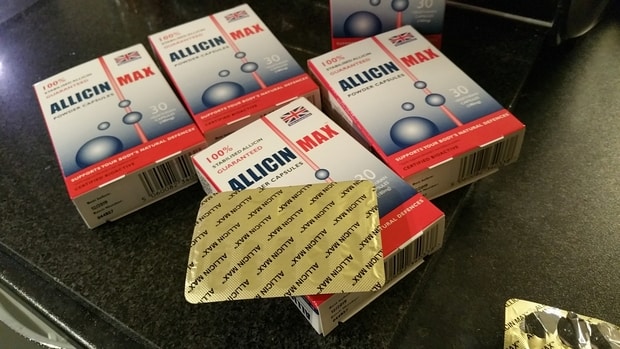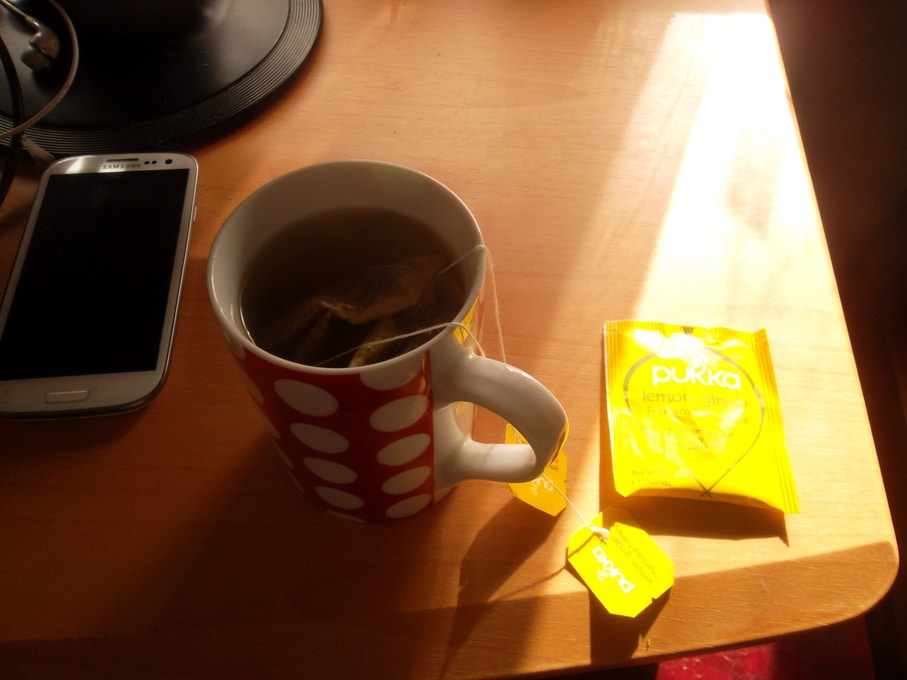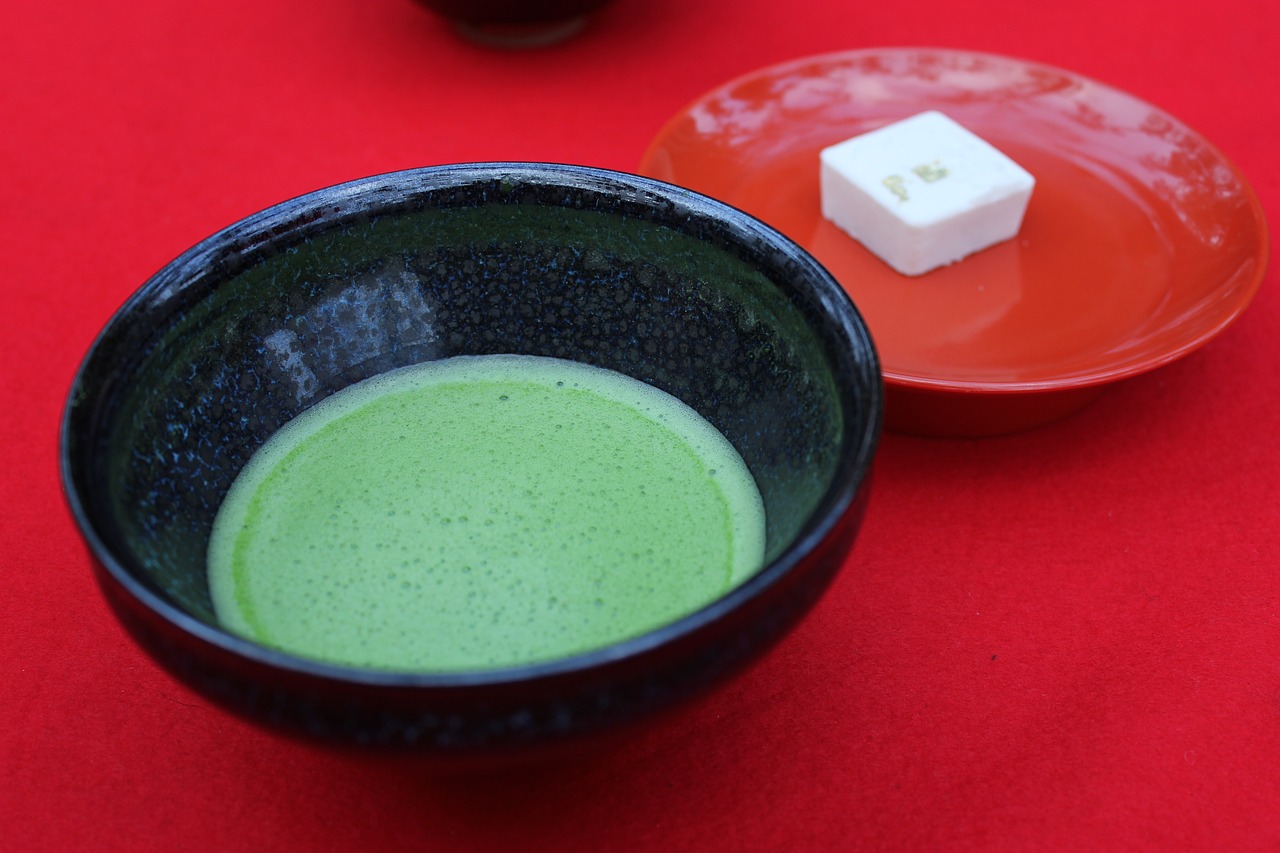Disclosure: This article may contain affiliate links. If you decide to make a purchase, I may make a small commission at no extra cost to you.
I’m sure that when you think of natural remedies to prevent and treat bladder infections, one of the things you think about is Cranberry juice. But there’s something much better for dealing with UTI’s: it’s called D-mannose.
D-mannose is actually present in cranberry juice, which was thought to prevent infections, but recent studies have shown that it’s not that great at preventing UTI’s in women.
To obtain the amount of D-mannose needed, you would have to drink a lot of cranberry juice, so it’s not really practical.
D-mannose is able to combat the most common type of UTI infections: those caused by E. coli.
I’ve used it before and it worked very well. I’ve also recommended it to other people to try, and they also told me that it helped them as well…
And it works far better and quicker than cranberry juice, which is quite ineffective and often just irritates the bladder if it’s already inflamed.
What is D-Mannose?
D-Mannose is a simple sugar which when ingested is not absorbed by your body. It simply passes through the body unchanged where it can clean out the kidneys and the bladder.
When you think of consuming a sugar, it’s easier to assume that this would actually make the infection much worse.
But D-mannose does not affect blood sugar, and neither does it have any detrimental impact on your immune system, as would be the case if you started consuming heaps of white sugar.
Research has shown that over 90% of the D-Mannose that you ingest will end up in the bladder within 60 minutes of consumption.
So it can act very fast.
How does D Mannose work?
As already mentioned, when you take D-mannose, it simply passes through your system and into your bladder.
When it reaches your bladder, it is concentrated in the urine where the E.coli bacteria will prefer to stick to the D-mannose sugar instead of the bladder wall.
I mean, they love sugar!
D-mannose does not even harm the little bacteria in any way. They simply get flushed out with the urine next time you pee and you start feeling better!
You’re happy and the bacteria are happy. 🙂
Here’s a video explaining the process of how D mannose works.
The most effective ways to use D mannose to get the best results
Before I continue, I want to stress that you should never go more than 1 or 2 days without seeing a doctor if you think you have an infection. In fact, I recommend that in addition to starting D-mannose, you also get a urine culture test done by your doctor, so you can find out what type of bacteria is causing the infection.
Important: D-mannose only works on E. Coli.
It does not work on any other type of bacteria. So if you’re not seeing a benefit within 24-48 hours, it’s unlikely to work for the type of infection you have.
1. How much D mannose should you take
Tips for treating an acute infection
- It’s recommended that you take anywhere between 2 – 3 grams of D mannose every two hours for the first one or two days. Take around half a spoon to one teaspoon of D mannose powder in a glass of water (don’t use cranberry juice).
- Consume water regularly during the day to flush out the bacteria.
- Within the 24-48 hours, you should be feeling a lot better.
- If your symptoms are not improving, speak to a doctor immediately.
By this time you should be feeling a lot better. You can then reduce the dose by taking just 1000 mg twice daily for prevention.
How you should take it to increase the effectiveness
- Your first dose of D-Mannose should be mixed into a small glass of water and consumed in one go.
- Allow one hour to pass before consuming any more water.
- The above two steps will allow a high concentration of D mannose to enter the bladder, and for the bacteria to adhere to the D-mannose sugar. You can now consume plenty of water to help remove the remaining bacteria.
Tips for preventing a UTI
- Consider taking D mannose in the morning and a few hours before bed each day. Half a teaspoon is sufficient.
- Don’t be afraid to increase your dose if you suspect you are developing an infection. The great thing about D-mannose is that the bacteria cannot develop any resistance to it.
2. Take at the first sign of trouble
The worst thing you can do is let the infection get out of control to the point it becomes dangerous.
This is why it’s always good to have D mannose at hand all the time, so you can take as and when needed. Or if you’re prone to infections, you can take daily, long-term.
If you aren’t able to get some D-Mannose within a very short period of time, then you should see a doctor to get antibiotics. Bladder infections can be dangerous, especially if they travel to the kidney.
If you are familiar with bladder infections, you’ll know when to begin taking D mannose, well before the infection gets out of control.
3. Take the powder form
When I had trouble with a UTI a long time ago (before 2012), I used both powder and tablet form. In my experience, the powder form was much more convenient and better to use.
The powder has a very nice taste to it and can be added to water or other drinks quite easily.
Go with the powder form. It works better and you get more out of it.
4. Avoid drinking acidic drinks
Your bladder is going to be raw after the infection, and the bladder needs time to heal. The nerves of the bladder can be quite sensitive, and it takes time to settle down.
My advice is that you avoid acidic drinks during this time.
Other foods which irritate the bladder
- Tomato products
- Coffee and Tea
- Alcohol
- Citrus fruits
- Spicy foods
- Berries
5. Supplement to heal
There are additional things you can do to help you improve healing of the bladder and speed up recovery time.
Below are a few things which may help:
- L – Arginine
- Pycnogenol
- Omega 3
- Quercetin and Bromelain
Tip: People who develop frequent bladder infections can develop muscle tension disorders, which may cause symptoms that are very much like an infection. Learn how to drop the pelvic floor and relax the pelvic muscles for more relief.
A Sweet Cure
D mannose is a simple, natural remedy for bladder infections which has helped many people overcome frequent bladder infections. Below are a few results from recent studies
Study 1
In 2016 a study was published showing that D mannose was effective in treating acute urinary infection in women with a resolution of symptoms and also acting as a preventative.
4.5% of women taking D mannose developed (any) urinary infection, whereas 33.3% of the women not taking D mannose had a recurrence over a period of 6 months.
Study 2
This study compared 3 groups: one group took 2 grams of D-Mannose with 200 ml of water daily for 6 months. Another group took 50 mg Nitrofurantoin daily, and the third did not take anything.
98 patients (31.8%) developed another UTI during the 6 months.
15 (14.6%) in the D Mannose group developed a new infection.
21 (20.4%) in the Antibiotic group developed a new infection.
The results are pretty clear: D mannose was most effective in preventing the recurrence of infections in women who are prone to developing UTI’s.
And D mannose is only effective for E Coli (which accounts for 80-90% of urinary infections). The study isn’t clear if the D mannose group were infected with a different type of bacteria other than E Coli.
In conclusion
If you’re considering this as a preventative measure, then you can find it here. (that is the one I’ve used in the past).
If you currently have a bladder infection, I would recommend that you discuss using D mannose with your doctor first.
If you have any questions regarding D Mannose ant UTI’s, please feel free to comment below! 🙂










Hi,
Can this be taken in a hot drink such as tea?
Yes of course! 🙂
Do you have to take d-mannose without food? Can I eat first?
It is better to take it without or away from food – even if just 20-30 minutes prior to eating. Perhaps mix into some juice or water. You could also simply take half a teaspoon of D mannose and consume it directly from the spoon then drink some water after it (it doesn’t have a bad taste or anything imo).
Very little of the D mannose is utilized and absorbed by the body, so theoretically it should be fine eating first, but general recommendations are to take it away from food.